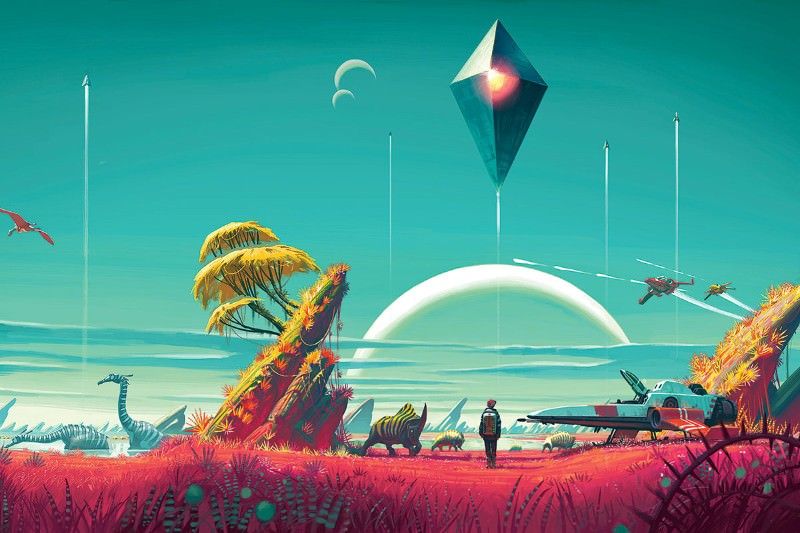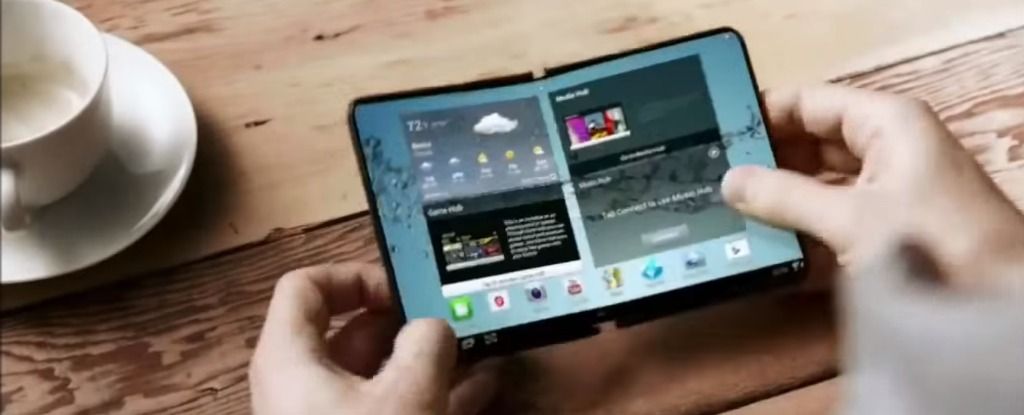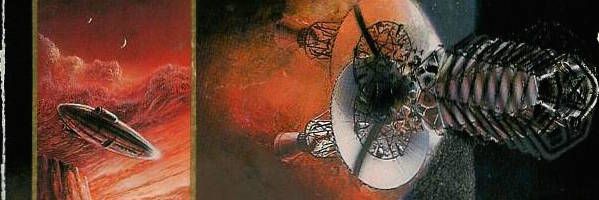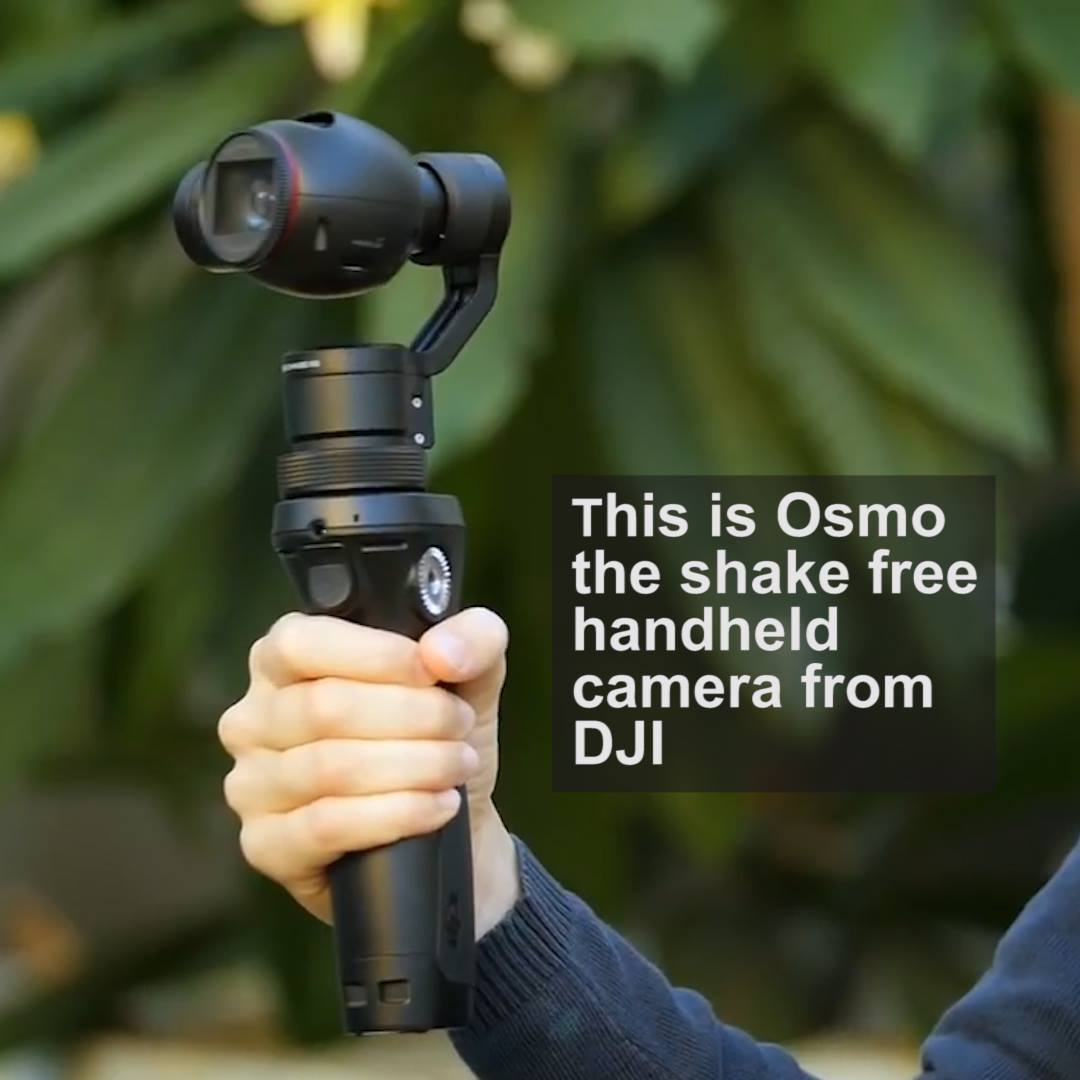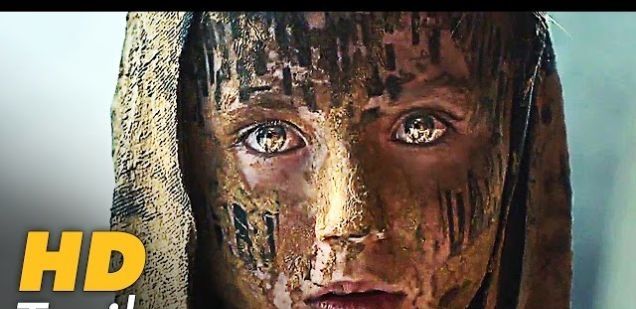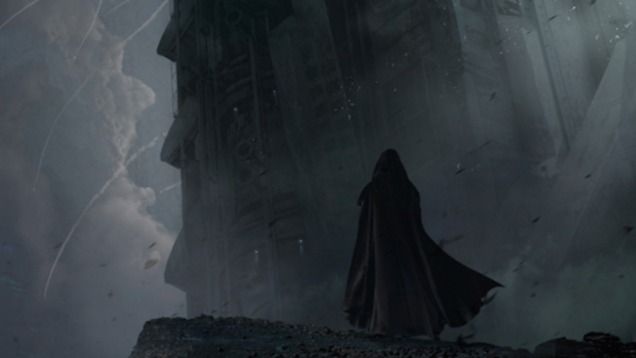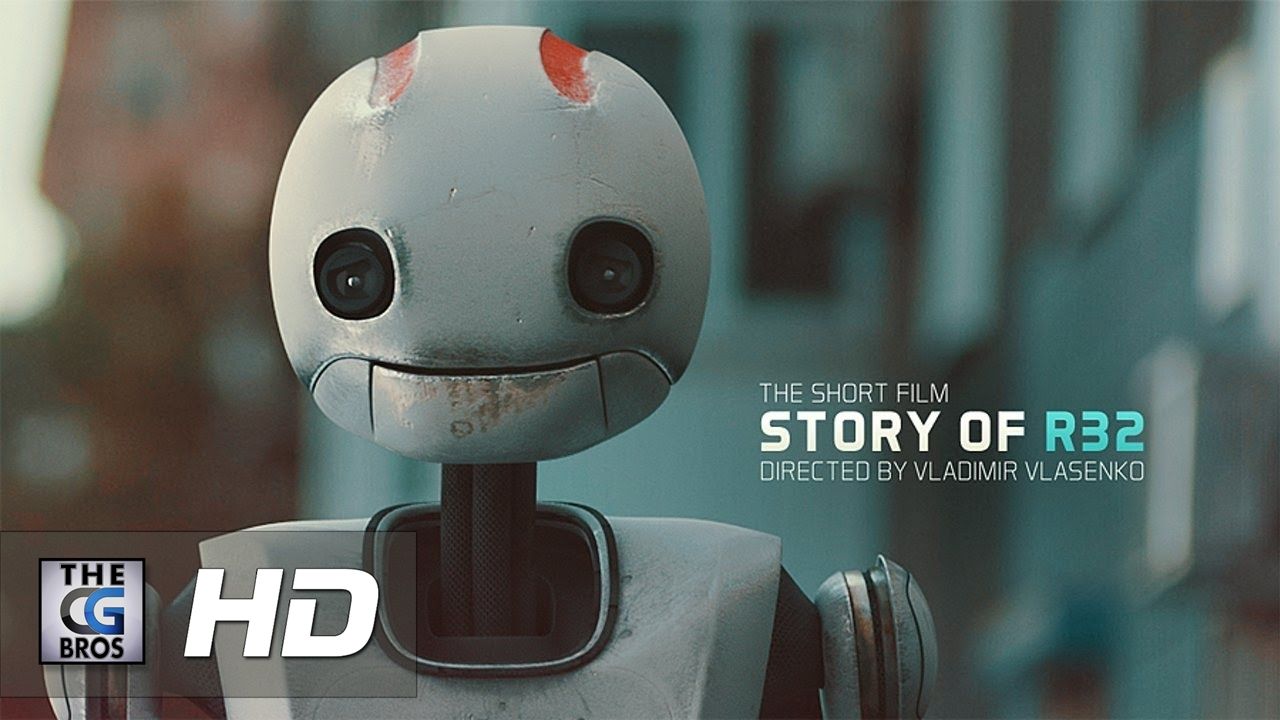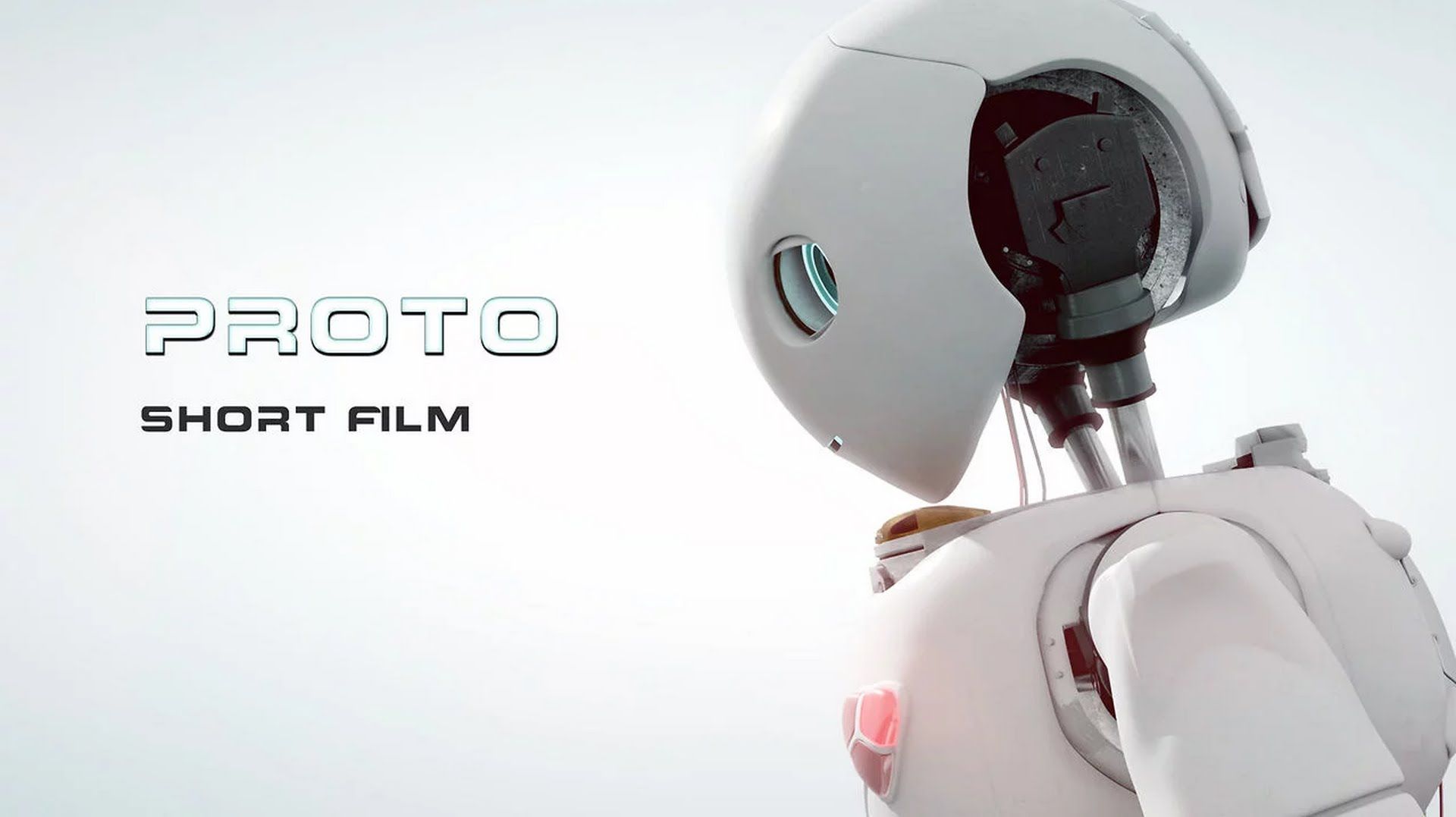Due for release in June 2016, No Man’s Sky will allow you to visit and explore a virtual universe of trillions of planets, each one a unique world.
Category: entertainment – Page 128
With tech giants around the world dipping their toes in the foldable display game, a flexible, rollable, and foldable smartphone was inevitable. And it looks like Samsung has the upper hand at this point, having recently filed a patent with the US Patent and Trademark Office for a slick new design.
Dubbed Project Valley, the product features a foldable display that could roll and fold in a number of different ways, according to the patent application. But Samsung will likely take advantage of the fact that a foldable screen gives you many different surfaces on which to display things, so we could see screens on the outside, inside, and flanks of the new device.
While the patent was filed earlier this year, the US Patent and Trademark Office only just published it this week, so we can finally get a look at the details. Samsung filed a similar patent application in South Korea in 2014, so it could be that the product will be released there first before it’s rolled out to other markets around the world (excuse the pun).
Some film directors are famous for demanding that scenes be shot and re-shot repeatedly until actors express just the right emotion at the right time, but directors will be able to fine-tune performances in post-production, rather than on the film set, with a new system developed by Disney Research and the University of Surrey.
Called FaceDirector, the system enables a director to seamlessly blend facial images from a couple of video takes to achieve the desired effect.
“It’s not unheard of for a director to re-shoot a crucial scene dozens of times, even 100 or more times, until satisfied,” said Markus Gross, vice president of research at Disney Research. “That not only takes a lot of time — it also can be quite expensive. Now our research team has shown that a director can exert control over an actor’s performance after the shoot with just a few takes, saving both time and money.”
View the 10 Sci-Fi Films To Watch In 2016 photo gallery on Yahoo News. Find more news related pictures in our photo galleries.
Spike is finally getting into the scripted series game and is beginning with a full season order for an adaptation of Kim Stanley Robinson’s Red Mars.
DJI Osmo Camera
Posted in entertainment
Osmo, the handheld shakefree camera.
This camera is pretty awesome! Time to make your next selfie vid look like a Spielberg movie.
Check out the trailer for The Shaman, a new short film debuting at the Tribeca Film Festival. As with a lot of short films we’ve seen lately, this has top-notch visual effects — but more than that, it looks like a thing of pure beauty. And it has an original story, with a concept I haven’t come across before.
Basically, in The Shaman, it’s 2204, and the world has been at war for 73 years. And the main character isn’t a soldier — he’s a Shaman, one of a group of people who used to be healers. But now, instead, he uses his supernatural powers to “heal” the souls of the enemy, basically helping them cross over into the afterlife. That’s what I get from the trailer, in any case. This is the work of writer/director Marco Kalantari (Ainoa).
Here’s a complete synopsis, via Indiewire’s The Playlist, which also premiered the trailer:
We were really impressed with the trailer for The Shaman when it came out in March. And now, after a successful run at film festivals, you can finally see it for yourself.
At seventeen minutes, The Shaman is a bit longer than many other shorts, but that’s not to its detriment. It just contributes to the overall sense that what you’re actually seeing is a full cinematic feature film—which makes sense, since it was originally conceived as one. Marco Kalantari (Ainoa) uses every second he has to full effect. We have would-building, effective exposition, action scenes, and a confrontation that’s all about willpower.
The premise is that a war is being waged–a war in which shamans are used to visit the afterlife, in order to talk to the souls of the enemy’s war machines. A few minutes of conversation can bring these souls over–a victory for the shamans. But in a battle with one of them, a shaman gets a bit more than he bargained for.
Check out this short film Directed by the talented Vladimir Vlasenko, about a lonely robot who just tries to attract attention to himself. For more information, please see the details and links below:
Director & CG — Vladimir Vlasenko.
Director of photography — Igor Guryev.
Sound & music — Nikita Troepolskiy, Igor Smirnov, Danil Varakuta.
Rotoskopy — Maxim Artemenko.
Actors — Nadya Vecherya, Nastya Borsh, Alexandr Sheweiko, Alexandr Koval.
Software used 3dsmax and After Effects.
Watch the making of here: https://www.youtube.com/watch?v=YPzzxhfzsE4
Website — http://vk.com/vladimir_vlasenko
Facebook — https://www.facebook.com/vlasenkovladimir
Behance — https://www.behance.net/vladimirvlasenko
Vimeo — http://vimeo.com/vladimirvlasenko
SUBSCRIBE — to TheCGBros for more inspiring content!
https://www.youtube.com/user/thecgbro?sub_confirmation=1
A little bit of smile inducing, starry eyed optimism to balance out the post-apocalyptic horror-show version of the Singularity depicted in the other shot film I posted.
‘PROTO’ is a short film, produced by Eye Candy Film as an international co-production between Screen South based in the UK and Film Fyn based in Denmark.
The film was shot in August 2011 at Robocluster in Denmark, a genuine working robotics lab. It was completed in June 2012 and will premiere later this year.
CGI was completed by VERL, Dundee. Additional CG was provided by James Kearsley http://www.jkstudios.tv/
DIRECTOR, WRITER: Nicholas Pittom
PRODUCER: Richard Georg Engström
PRODUCTION COMPANY: Eye Candy Film
DIRECTOR OF PHOTOGRAPHY: Luke Palmer
‘PROTO’ is a sci-fi action adventure, about a child-like, experimental robot, set in the robotics lab where he has been built. Although PROTO has been made to fulfil the ambitions of his creator, Prof. Andrews, he learns to find his own dreams and ambitions, and also the strength needed to realise them.
The main theme of the film is freedom, both literal and in the ability to choose one’s own destiny – to break free of expectations. We wish for the film, while an exciting and fun science fiction, to also capture a magical sense of wonder. PROTO will overcome the expectations and restrictions placed on him and discovering his true self.
Full Cast and Crew:
IMDB: http://www.imdb.com/title/tt2436764/
